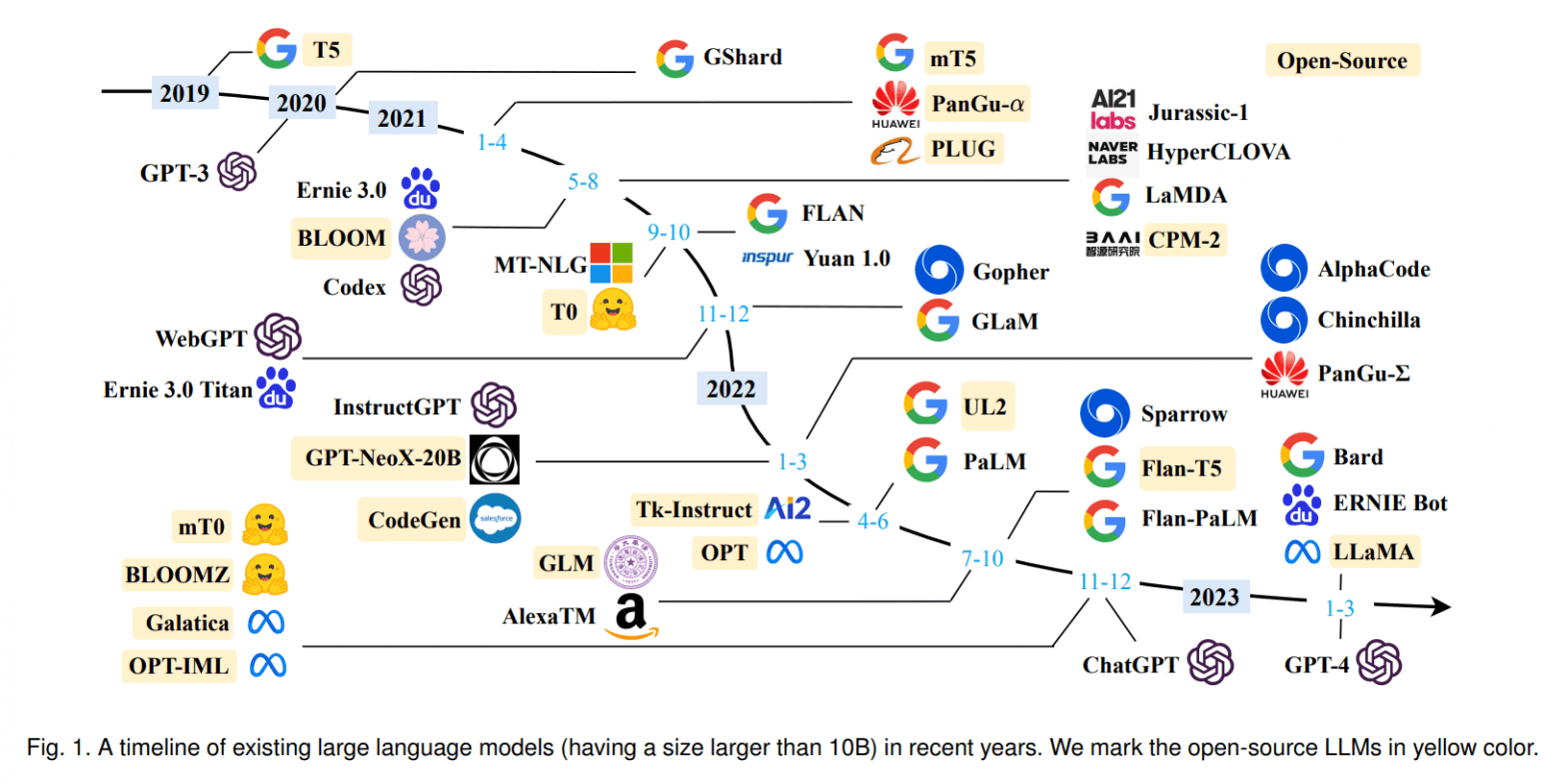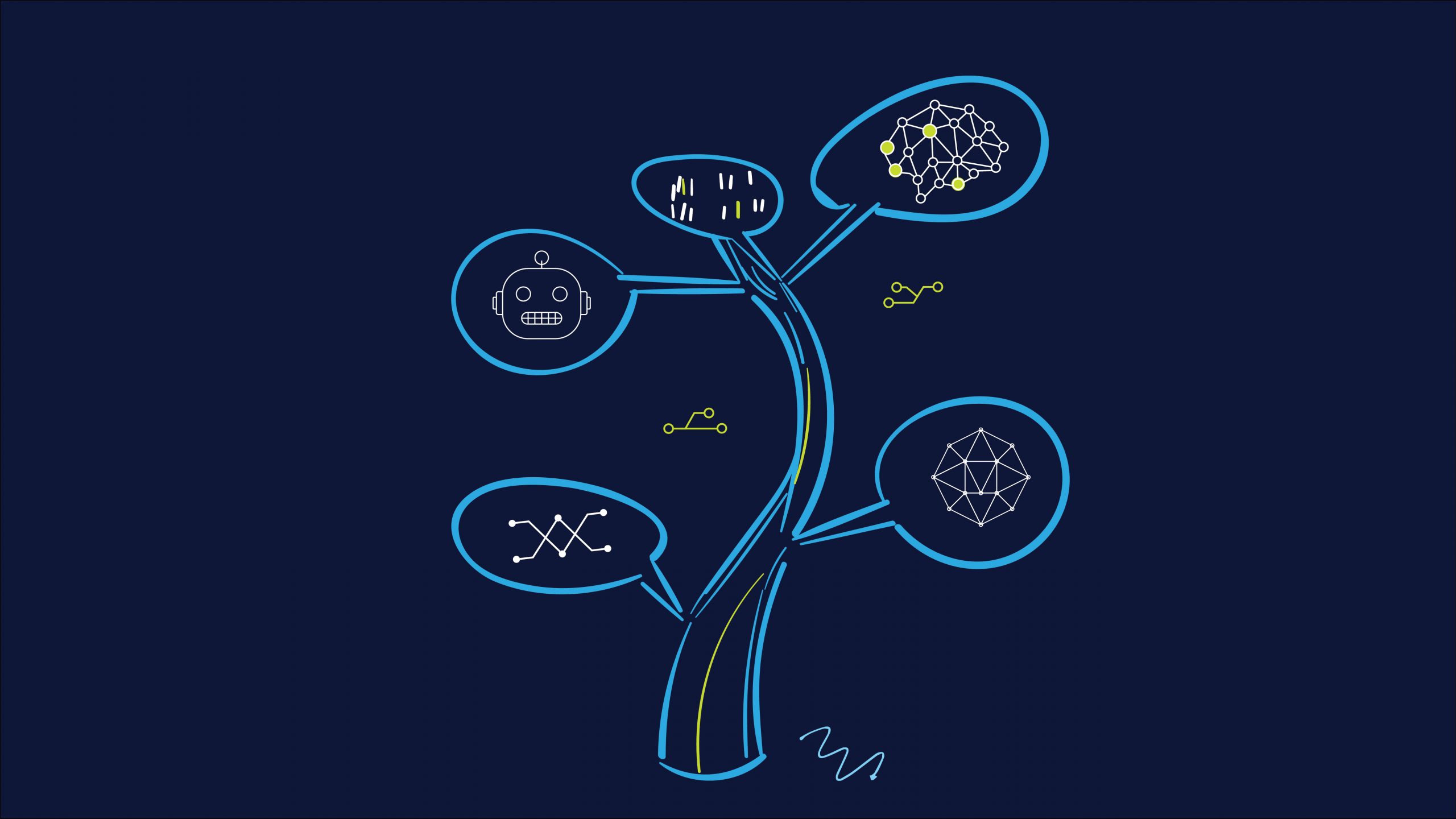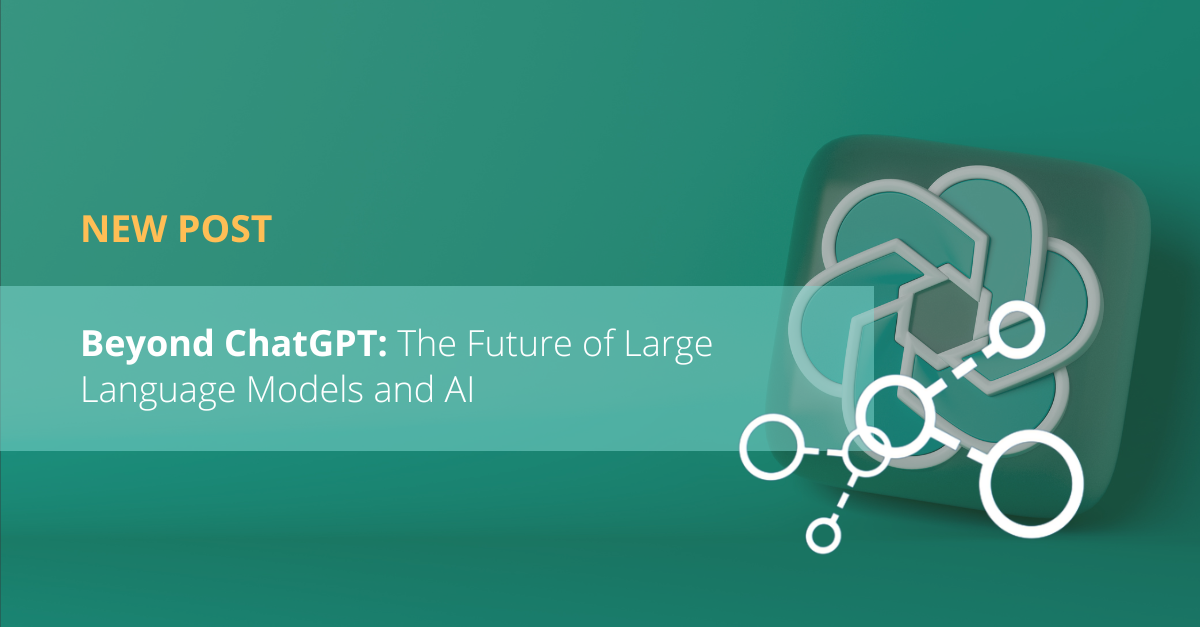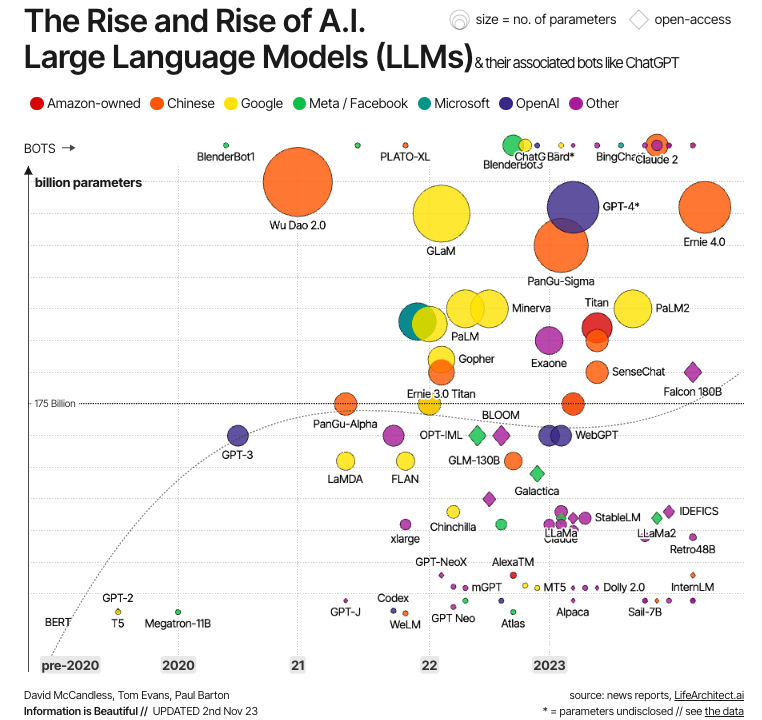
The LS Atlas: A 2025 Release and the Future of Large Language Models
The world of artificial intelligence is rapidly evolving, with large language models (LLMs) at the forefront of this revolution. These powerful tools, capable of generating human-like text, translating languages, writing different kinds of creative content, and answering your questions in an informative way, are changing the way we interact with technology. One of the most anticipated LLMs, the LS Atlas, is poised to make a significant impact on the AI landscape, and its release in 2025 is generating excitement and speculation.
The LS Atlas: A Brief Overview
While details about the LS Atlas are still under wraps, here’s what we know so far:
- Developed by a consortium of leading AI research institutions: This collaborative effort aims to leverage the collective expertise and resources of the world’s top AI minds.
- Focus on general-purpose AI: Unlike specialized LLMs designed for specific tasks, the LS Atlas aims to be a versatile tool capable of performing a wide range of functions, from writing creative content to assisting in scientific research.
- Massive scale and advanced architecture: The LS Atlas is expected to be significantly larger and more complex than existing LLMs, pushing the boundaries of AI capabilities.
- Emphasis on safety and ethics: Recognizing the potential risks associated with powerful AI, the developers are prioritizing safety and ethical considerations in the design and deployment of the LS Atlas.
Why 2025?
The choice of 2025 as the release date for the LS Atlas is not arbitrary. It reflects the ambitious scope of the project and the time required to achieve the desired level of sophistication and safety. Here’s a breakdown of the factors contributing to this timeframe:
- Computational power: Training an LLM of the LS Atlas’s scale requires immense computational resources. The development team needs to secure access to powerful hardware infrastructure and optimize training algorithms to handle the massive dataset.
- Data acquisition and curation: The LS Atlas will be trained on a vast and diverse dataset encompassing various languages, domains, and formats. This requires meticulous data collection, cleaning, and preparation.
- Model architecture and optimization: The LS Atlas’s architecture will likely be a complex blend of existing and novel techniques. Extensive research and experimentation are needed to fine-tune the model’s parameters and ensure optimal performance.
- Safety and alignment: Ensuring the LS Atlas behaves in a safe and responsible manner is paramount. This involves developing robust safety mechanisms, aligning the model’s objectives with human values, and addressing potential biases and ethical concerns.
The Potential Impact of the LS Atlas
The LS Atlas’s release in 2025 is expected to have a profound impact on various sectors:
- Education: LLMs can revolutionize personalized learning, offering tailored instruction, intelligent tutoring, and adaptive assessments. The LS Atlas could empower educators with new tools to enhance student engagement and optimize learning outcomes.
- Healthcare: LLMs can assist in medical diagnosis, drug discovery, and patient care. The LS Atlas’s advanced capabilities could enable more accurate diagnoses, personalized treatment plans, and improved patient outcomes.
- Science and research: LLMs can accelerate scientific discovery by analyzing vast datasets, generating hypotheses, and simulating experiments. The LS Atlas could significantly contribute to breakthroughs in fields like medicine, materials science, and climate change.
- Creativity and entertainment: LLMs can generate creative content like music, art, and literature. The LS Atlas could empower artists and creators with new tools to explore their imagination and push the boundaries of creative expression.
- Business and industry: LLMs can automate tasks, improve customer service, and optimize business processes. The LS Atlas could help businesses streamline operations, enhance productivity, and gain a competitive edge.
Challenges and Concerns
While the LS Atlas promises significant advancements, its development and deployment also raise concerns:
- Job displacement: The automation capabilities of LLMs could lead to job displacement in certain sectors. It’s crucial to address this challenge by investing in retraining programs and fostering new job opportunities.
- Bias and discrimination: LLMs trained on biased data can perpetuate harmful stereotypes. The developers of the LS Atlas must prioritize fairness and inclusivity to mitigate these risks.
- Misinformation and manipulation: LLMs can be used to generate convincing but false information. Robust safeguards are needed to prevent the spread of misinformation and malicious manipulation.
- Privacy and security: LLMs require access to vast amounts of data, raising concerns about privacy and data security. It’s essential to implement strong privacy protections and ensure responsible data management.
- Control and governance: The development and deployment of powerful AI systems like the LS Atlas raise questions about control and governance. Clear guidelines and regulations are needed to ensure responsible use and mitigate potential risks.
The Future of AI
The LS Atlas is a symbol of the rapid progress in the field of AI. Its release in 2025 marks a significant milestone, ushering in a new era of AI capabilities. However, it’s crucial to approach this technological advancement with caution and responsibility. By addressing the challenges and concerns, we can harness the power of AI for the benefit of humanity while mitigating its potential risks. The future of AI is being shaped today, and the choices we make will determine how this powerful technology will be used to shape our world.
Conclusion
The LS Atlas, with its anticipated release in 2025, represents a pivotal moment in the evolution of artificial intelligence. Its potential impact on education, healthcare, science, and countless other sectors is immense. However, it’s crucial to approach this powerful technology with a balanced perspective, acknowledging both its potential benefits and the challenges it presents. By fostering responsible development, transparent governance, and ethical considerations, we can ensure that the LS Atlas, and the future of AI, serves the best interests of humanity.





